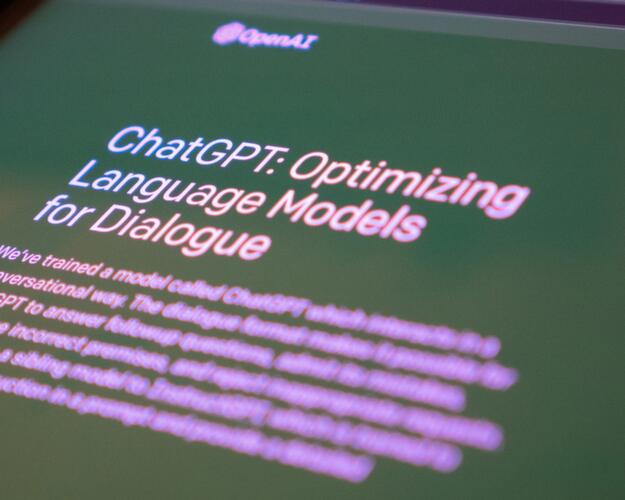
Is your content about ‘conflict’ or ‘problem solving’?
One is better for getting attention. One is better for changing behaviour.
By David Lewis, Director
This rung very true for me. When you look at people – or campaigns – that have delivered real change, whether in politics or business, there has almost always been a clear end goal and a theory of how to overcome the roadblocks to get there. A problem and a solution.
This has a lot of relevance for content and communications – especially the type which aims to get people to try something new (eg buying from you instead of their current supplier).
Some people see a problem and go on the attack – penning confrontational articles, posting strong positions on social media. This isn’t just about hot button political issues – the B2B article accusing potential customers of pursuing a strategy that ‘is dead’ has almost become a cliché.
Conflict is a good way to get attention. The media like it. It prompts reactions. This can be self-reinforcing – lots of online engagement suggests it’s working … if that’s your main KPI.
But it is not a good way of delivering change of behaviour. No one wants to be told they are wrong, even if they are. It might get nods from people already on your side, but it risks creating hostility from the very people you are trying to get to act differently.
Better to be a problem solver

The ‘problem solving’ approach on the other hand is about looking at a challenge, understanding it, and proposing workable solutions (Pinker cites Bill Gates as a typical problem solver).
Problem solving content gives people something meaningful to aspire to, and a suggested route to change, not just criticism of what they are doing.
This does not usually get such a big response as conflict, because it is, by its nature, more targeted towards the people who need to act, rather than everyone who might have an opinion on the topic. But if the goal is creating a change of behaviour, it is much more effective.
Conflict vs problem solving – an example from my life
The example I always give is one from my own experience.
Years ago, I came out of Sainsbury’s with a bottle of milk, and was set upon by vegan activists shouting abuse at me. I remember wanting to go back in, buy a steak, and rub it in their faces. I certainly didn’t go vegan.
But later, campaigns for veganism became about how you could be healthier and help reduce your carbon emissions – something I definitely wanted to do. They offered a manageable path to change – starting with meat free Mondays and working up, recipe ideas, information about tasty vegan options in shops. I am still not fully in, but I eat less than half the meat and dairy I did when the activists attacked me. That is surely a win for them - and they have the opposite tactics to their own to thank.
Putting in the work
Creating ‘problem solving content’ is harder and needs more research than ‘conflict content’. You have to offer an informed way forward to a future scenario, not just point out that the existing picture is wrong.
This is another reason conflict is often preferred – there are low barriers to entry; it requires no real knowledge or expertise, just the ability to notice things and criticise them. But problem solving is where the big changes happen. It is worth investing time in.
‘Conflict communications’ often looks good because its success is judged on proxy metrics like clicks. If we instead judged success on outcomes (eg changed behaviours, sales engagement) we would quickly see that ‘problem solving communications’ is the better approach.
For more insights like this, sign up to our newsletter.









